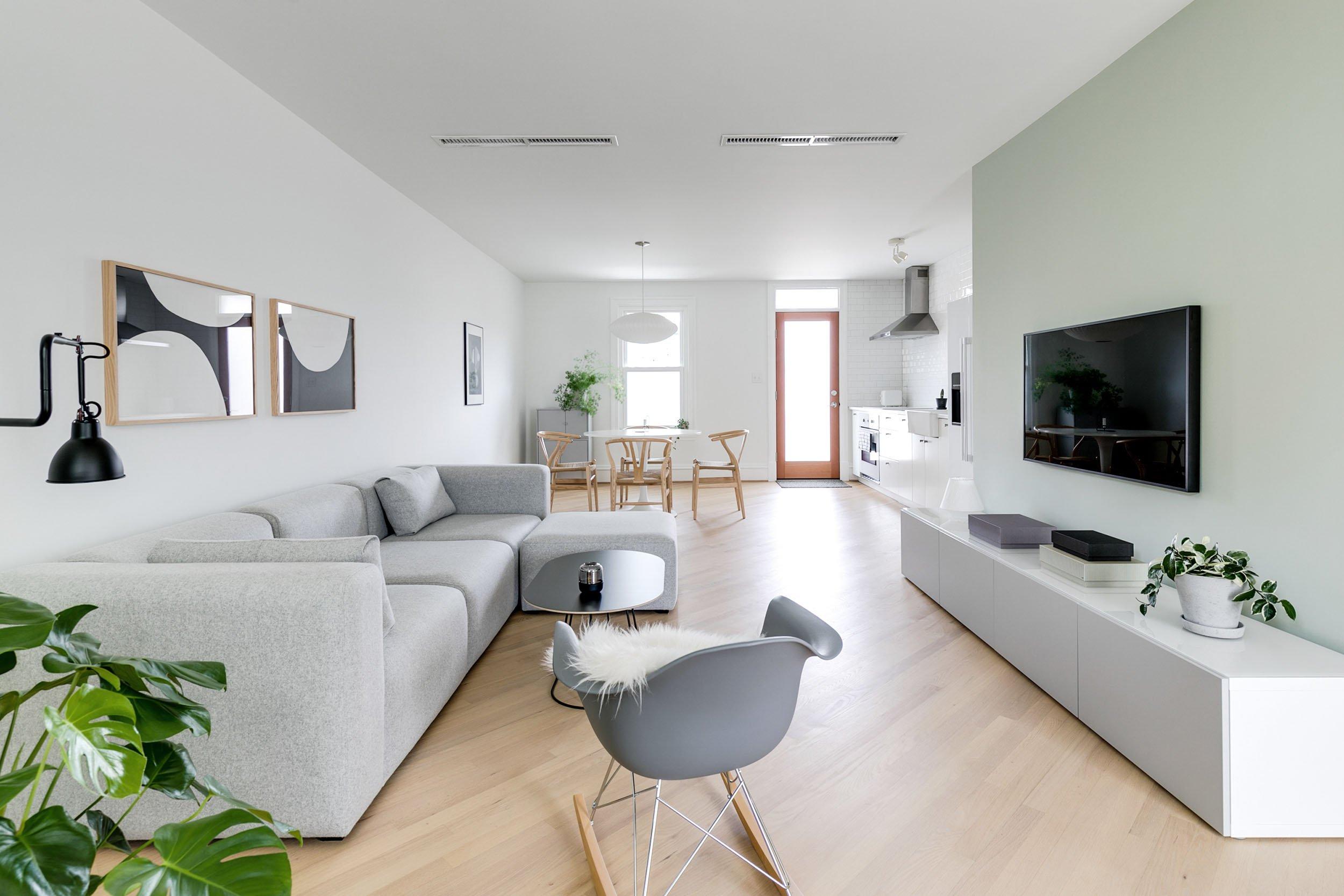In a world increasingly obsessed with decluttering and simplicity, minimalism has emerged as a beacon for those seeking tranquility amidst chaos. The minimalist lifestyle, characterized by a deliberate focus on owning less and experiencing more, has captured the imagination of many, promising clarity and freedom from the shackles of material excess. However, beneath its serene surface lies a complex question: Is minimalism truly accessible to everyone, or does it inherently exclude certain lifestyles and cultural contexts? As we delve into the nuances of this modern movement, we explore whether the pursuit of less can sometimes demand more than some are willing or able to give, challenging the notion that simplicity is universally attainable. Through this exploration, we seek to uncover whether minimalism, often heralded as a universal antidote to modern woes, inadvertently leaves some people behind.
Exploring the Core Principles of Minimalism and Their Universal Appeal
At its essence, minimalism is a philosophy that champions the idea of living with less, focusing on what truly matters, and stripping away the superfluous. It revolves around a few core principles that have a broad appeal across various cultures and lifestyles:
- Intentionality: Minimalism encourages individuals to be deliberate in their choices, whether it’s the objects they own, the activities they engage in, or the relationships they nurture.
- Simplicity: By reducing clutter, both physical and mental, minimalism fosters a sense of clarity and focus, allowing individuals to prioritize their time and energy more effectively.
- Freedom: Embracing minimalism can lead to liberation from material possessions, societal expectations, and the relentless pursuit of more, offering a pathway to personal freedom.
- Sustainability: With an emphasis on consuming less, minimalism naturally aligns with environmentally conscious living, promoting sustainable practices and reducing waste.
These principles resonate with a universal desire for a more meaningful and intentional life. However, the application of minimalism can vary significantly, reflecting personal values, cultural contexts, and individual circumstances. Whether it’s a young urbanite seeking to declutter their fast-paced life or a family aiming to simplify their household, the adaptability of minimalism ensures it can complement diverse lifestyles without being inherently exclusionary.

Identifying Barriers: How Minimalism May Overlook Diverse Cultural Practices
Minimalism, with its emphasis on simplicity and reduction, often promotes a lifestyle that can inadvertently overlook the rich tapestry of diverse cultural practices. In many cultures, possessions are not merely items to be minimized but hold significant spiritual, historical, and familial value. For instance, in some traditions, the accumulation of certain objects is a reflection of one’s heritage and is essential for the preservation of cultural identity. These objects often carry stories and memories, acting as tangible links to the past and serving as critical components in the transmission of culture from one generation to the next.
- Cultural Artifacts: Many cultures cherish their unique artifacts, which are not just decorative but integral to cultural rituals and ceremonies.
- Community-Centric Living: In some societies, the focus is on communal living and shared resources, where the idea of ‘less is more’ may not align with community values.
- Generational Heirlooms: Items passed down through generations often symbolize familial bonds and are seen as sacred, making their reduction or elimination a cultural misstep.
These elements highlight the potential oversight of minimalism when it fails to consider the depth and breadth of cultural practices that are inherently tied to material possessions. As such, it’s crucial to approach minimalism with an understanding that not all lifestyles fit into a one-size-fits-all philosophy.

Strategies for Adapting Minimalism to Inclusive and Varied Lifestyles
- Personalize Your Approach: Minimalism doesn’t have to be a one-size-fits-all model. Tailor your minimalism journey to fit your lifestyle, whether you have a large family, live in a bustling city, or prefer a nomadic lifestyle. This could mean focusing on decluttering physical spaces, streamlining digital lives, or simplifying time commitments. The key is to prioritize what truly adds value to your life and let go of the rest.
- Embrace Diversity in Minimalism: Recognize that minimalism can look different across cultures and personal circumstances. For some, it might mean owning fewer possessions, while for others, it could mean reducing mental clutter or emotional baggage. Incorporate elements from various cultures that resonate with you, whether it’s adopting Japanese Zen principles or Scandinavian hygge, and create a unique blend that honors your heritage and preferences.
- Focus on Functionality and Accessibility: Ensure that your minimalist lifestyle is functional and accessible for everyone in your household. This might involve creating multifunctional spaces that cater to different needs or ensuring that essential items are within easy reach for all family members. Consider the needs of people with disabilities, children, or elderly family members when designing minimalist spaces.
- Practice Sustainable Minimalism: Prioritize sustainability by opting for quality over quantity, choosing eco-friendly products, and reducing waste. This not only aligns with minimalist principles but also supports diverse communities by fostering a healthier environment. Engage with local artisans and small businesses to source items that are both meaningful and sustainable, enhancing the inclusivity of your minimalist lifestyle.

Recommendations for Embracing Minimalism Without Sacrificing Personal Values
Incorporating minimalism into your lifestyle doesn’t mean you have to abandon your core beliefs or the things you cherish. Here are some suggestions to help you align minimalism with your personal values:
- Prioritize Meaningful Possessions: Focus on keeping items that resonate with your identity and bring you joy. This approach allows you to maintain a sense of self while embracing a minimalist aesthetic.
- Adopt a Flexible Mindset: Minimalism is not a one-size-fits-all solution. Adapt its principles to suit your lifestyle, whether that means reducing clutter in specific areas or applying minimalism to your schedule and commitments.
- Practice Mindful Consumption: Make intentional choices about what you bring into your life. Opt for quality over quantity and support brands that align with your ethical standards.
- Set Personal Boundaries: Establish what minimalism means to you personally. This could involve setting limits on new purchases or designating sacred spaces in your home for sentimental items.
By thoughtfully integrating these strategies, you can enjoy the benefits of minimalism while staying true to your personal convictions.
Wrapping Up
In the grand tapestry of human experience, minimalism emerges as a vibrant thread, weaving simplicity and intentionality into the fabric of modern living. Yet, as we’ve journeyed through its nuanced landscape, it becomes clear that minimalism is not a one-size-fits-all garment. It dances elegantly for some, offering liberation and clarity, while for others, it may seem an elusive ideal, not quite fitting into the contours of their lived realities.
Ultimately, the dialogue around minimalism and its accessibility invites us to reflect on our values and the diverse ways we navigate the world. It encourages a broader perspective that acknowledges the multiplicity of lifestyles, each with its own rhythm and rhyme. As we close this exploration, let us remain open to the myriad interpretations of simplicity, embracing a more inclusive narrative that celebrates both the essence of minimalism and the rich diversity of human life.
In this way, we can craft a world where the beauty of less can coexist with the abundance of variety, allowing each of us to find our own balance in the symphony of existence.


































